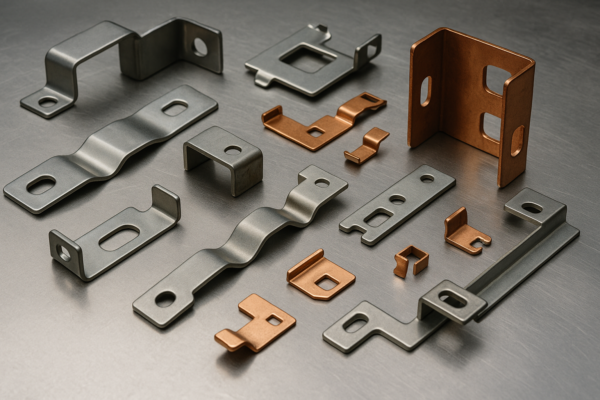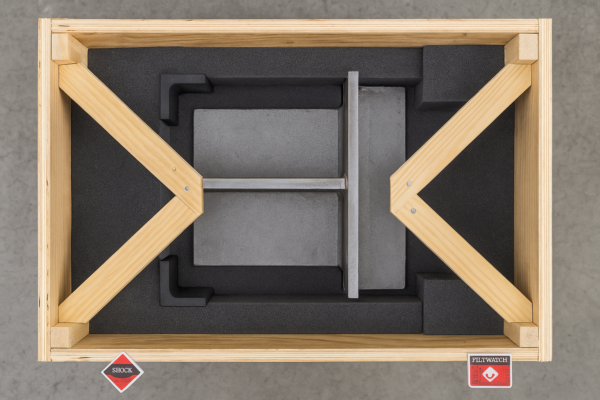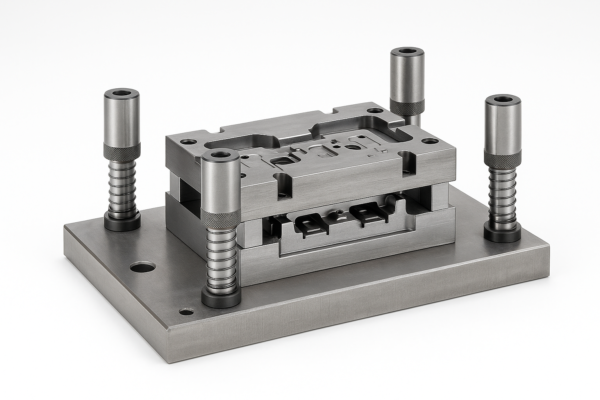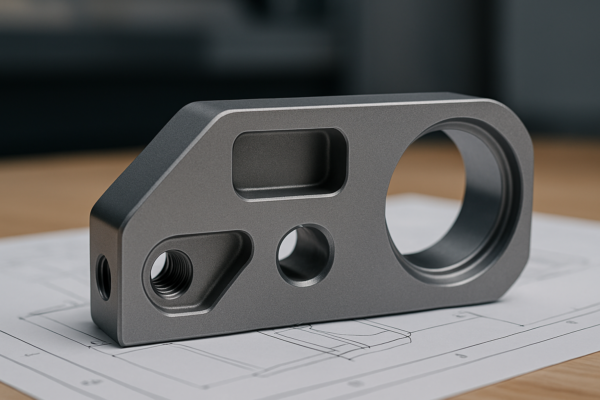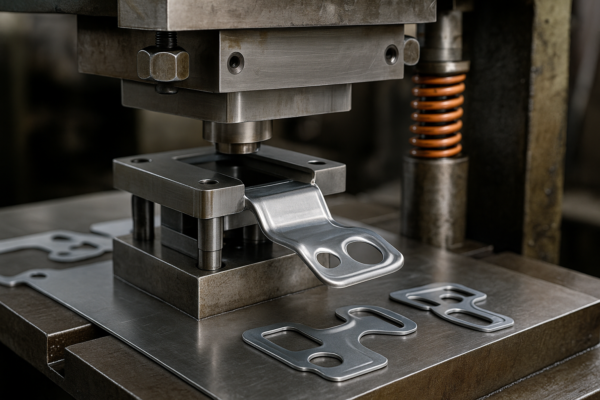What Does the Last Number on a Welding Rod Mean?
Table of Contents
- What Does the Last Number on a Rod Mean?
- What Does the Last Number in 7018 Mean?
- What Do the Codes Mean on Welding Rods?
- When to Use 7014 Welding Rod?
- FAQs About Welding Rod Numbers
- Conclusion
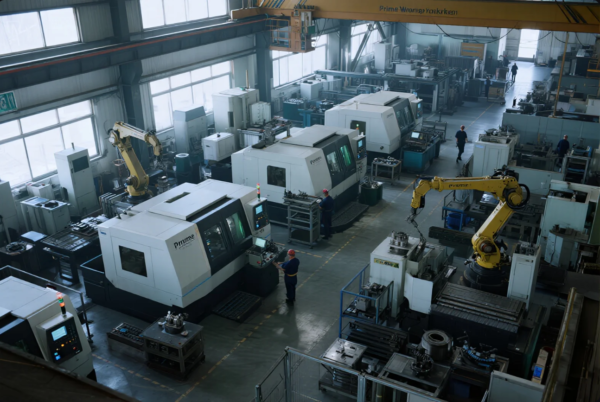
Many buyers in industrial sectors search for reliable information about welding rod numbers, but much of the content online is outdated or vague. Questions like “What do the numbers on welding rods mean?” or “How do I choose the best rod for my application?” are common on technical forums and B2B platforms such as Alibaba, Thomasnet, and Global Sources. Even on Reddit, confusion is obvious. Incorrect rod selection leads to project delays, low-quality welds, and even failed safety audits.
Each number on a welding rod stands for something crucial. The last number in particular reveals both the type of flux coating and the right current for safe welding. Mastering this means fewer welding errors, higher productivity, and lower costs.
As an ISO-certified, global B2B supplier, we at Prime support engineers, procurement teams, and buyers worldwide. We explain these codes clearly, offer sourcing advice, and provide technical references from trusted sources like Lincoln Electric, Miller Welds, ESAB, The Fabricator, and Weld Guru. Keep reading for real solutions to rod selection and direct links to key technical resources.
What Does the Last Number on a Rod Mean?
Many new buyers and engineers hesitate when reading rod codes. Without guidance, it’s easy to pick a rod that causes brittle welds or unexpected defects.
I once saw a U.S. client lose weeks of production simply by misreading the last digit of E7018!
The last digit on a welding rod code—like “1”, “4”, or “8”—shows the flux coating type and current compatibility. Understanding this lets you pick the best rod for both strength and process.
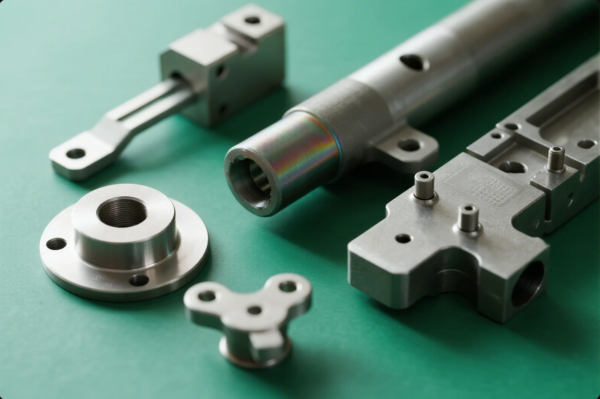
| Rod Type | Last Number | Coating Type | Compatible Current | Typical Use |
|---|---|---|---|---|
| 6011 | 1 | High cellulose sodium | AC or DC | Deep penetration |
| 6013 | 3 | High titania sodium | AC or DC | Clean appearance |
| 7014 | 4 | Iron powder titania | AC or DC | Smooth, fast welds |
| 7018 | 8 | Low hydrogen iron | AC or DC+ | Structural steel |
| 7024 | 4 | High iron powder | AC or DC | High-speed welding |
Prime’s technical team has worked with AWS guidelines and ISO 2560 to support customer decisions. International buyers often use our custom labeling and digital code-checking tools. We regularly reference Lincoln Electric’s electrode chart, Miller Welds guides, and TWI electrode classifications.
For sourcing or comparison, see Made-in-China welding rods, Zoro, and Grainger.
What Does the Last Number in 7018 Mean?
E7018 is perhaps the most referenced rod worldwide. I’ve had clients from IndiaMart, Amazon Business, and even Fastenal ask about the “8”.
The “8” in E7018 means a low-hydrogen iron powder flux coating. It allows welding with AC or DC+ for strong, crack-resistant welds in demanding applications.

The E7018 rod is chosen for critical structures, pressure vessels, shipbuilding, and repair work. We often advise clients to use E7018 rods that are vacuum packed to avoid moisture issues (see Welders Universe storage).
| Feature | Description |
|---|---|
| Flux Type | Low hydrogen iron powder |
| Current Supported | AC, DC+ |
| Use Cases | Bridges, thick steel, critical joints |
| Certification | ASME BPVC, ISO 2560-A |
| Packing | Vacuum-sealed, anti-moisture |
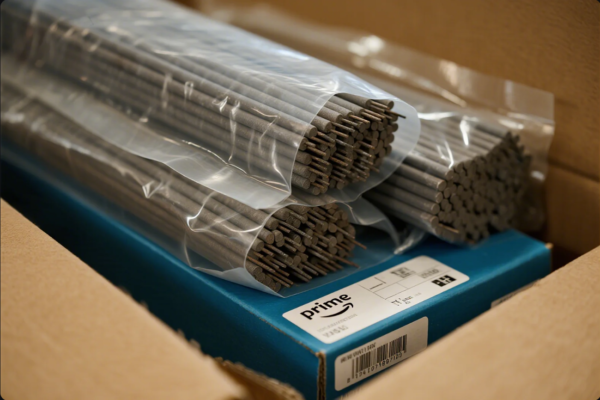
I recommend clients check Weld.com’s E7018 demonstration for practical techniques and compare suppliers like Welders Supply, WeldingMart, Grainger, Industrias Soldar, and Airgas.
Prime’s strict QC and ISO-certified supply chain reduces rework for global buyers. If you want to see rod performance in real-world environments, review third-party tests on Engineering Toolbox and Welding Insider.
What Do the Codes Mean on Welding Rods?
Misunderstanding electrode codes is a top reason for welding failures in projects tracked by Bureau Veritas and TÜV Rheinland.
Welding rod codes tell you about tensile strength, welding position, coating, and the current you should use. For example, E7018: “E” for electrode, “70” for 70,000 psi tensile strength, “1” for all positions, “8” for coating/current type.
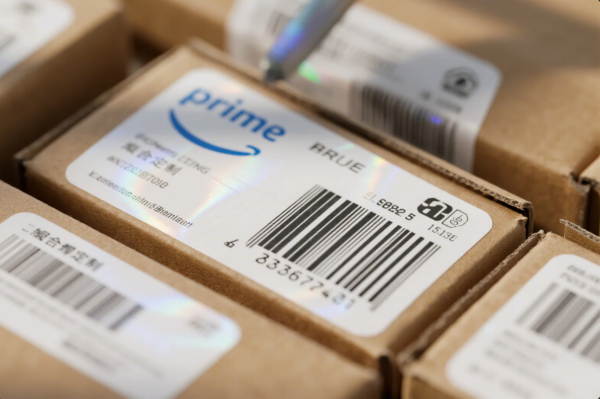
To double-check codes, I suggest using guides from AWS, TWI, and Weld Guru.
You’ll find technical breakdowns and code lookup on Welding Tips and Tricks, Westermans, and ScienceDirect.
| Code | What It Tells You |
|---|---|
| E | Electrode type |
| 70 | 70,000 psi tensile strength |
| 1 | All-position use |
| 8 | Low hydrogen coating, AC/DC+ |

Need direct B2B or industrial purchase? Find rod suppliers on Global Sources, Fastenal, IndiaMart, Amazon Business, Prime’s Alibaba store, or Prime’s official site.
For discussions and troubleshooting, use Reddit Welding, Stack Exchange, and Quora Welding.
When to Use 7014 Welding Rod?
Many buyers want a rod that’s easy to use and produces a clean finish. 7014 rods meet these needs for mild steel and fabrication.
The 7014 rod gives a smooth, high-deposition weld. It’s ideal for general fabrication, sheet metal, and jobs where appearance matters as much as strength.

7014 is explained in Welding Answers, ESAB’s stick electrode guide, Engineering Choice rod summary, and product reviews on Grainger 7014, WeldingMart 7014, and Global Sources.
| Feature | Description |
|---|---|
| Coating Type | Iron powder titania |
| Current Supported | AC, DC+ |
| Weld Appearance | Smooth, shiny finish |
| Best For | Mild steel, general fabrication |
| Advantage | High deposition, easy to use |
For advanced QC or inspection, see SGS welding inspection and Bureau Veritas material testing.
Looking for suppliers or B2B partnerships? Alibaba 7014 Rods, Made-in-China, and Prime’s product gallery.
FAQs About Welding Rod Numbers
What is the difference between 6013 and 7018 welding rods?
6013 rods are for clean, medium-duty work. 7018 rods provide higher strength and are chosen for critical joints. Weld Guru: 6013 vs 7018, Miller Welds.
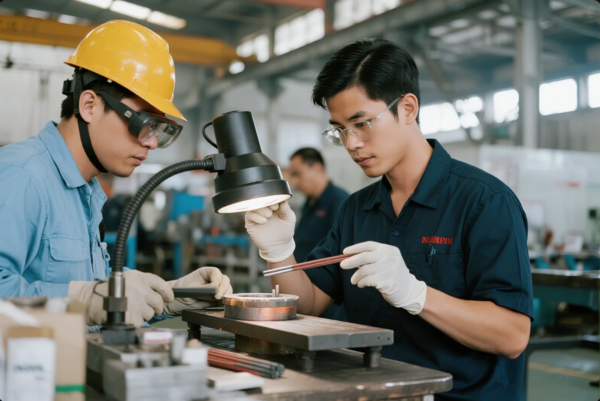
How do I store welding rods to prevent moisture?
Keep rods in sealed packaging or dry ovens. See Lincoln Electric’s handling guide, Welders Universe storage, and ESAB rod care.
What are ISO-certified welding rods?
ISO-certified rods meet strict international standards. Prime supplies ISO 2560-A certified rods. See Engineering360 standard rod info and SGS quality inspection.
Can I use any welding rod for stainless steel?
No, use stainless-only rods such as E308L or E316L. See TWI Global stainless rods, AWS stainless rod guide (PDF), and ESAB stainless stick electrodes.
How do I choose the right welding rod for my project?
Check the base metal, strength, and application. Prime offers free consulting—contact us at [email protected]. For step-by-step, see Weld My World: Rod Selection.
What is the meaning of tensile strength in rod codes?
It’s the maximum stress before breaking, measured in thousands of psi. The Fabricator: Electrode Classification, ScienceDirect: Tensile Strength.
Why do welding rods have different coatings?
Coatings affect arc stability, slag, and weld finish. Miller Welds: Electrode Designations, TWI Electrode Coatings.
Where can I buy certified welding rods?
Try Prime Custom Parts, Prime’s Alibaba store, Welders Supply, Grainger, WeldingMart, Thomasnet, Zoro, Amazon Industrial, Fastenal, IndiaMart, and Global Sources.
Are custom-labeled welding rods available for B2B buyers?
Yes, Prime offers private-label rods. Many OEMs require this. For more info, see Welding Insider private label rods.
Is there a difference between AC and DC welding rods?
Some rods are only for AC, others for DC, some work for both. Weld My World: AC vs DC, ESAB AC/DC Guide.
For further study, use Hypertherm Education, CWB Group Welding, Fabricators & Manufacturers Association, Prime Blog, Welding Alloys Knowledge, and YouTube welding tutorials.
Conclusion
Understanding welding rod codes means faster project delivery, lower costs, and a safer, more reliable weld every time. For ISO-certified welding rods and industrial parts, trust a B2
B supplier with global reach and technical expertise.
Contact Prime for ISO-certified welding rods, CNC parts, and industrial hardware. Get a fast quote, professional support, and tailored solutions now.
Visit our website or email [email protected].


